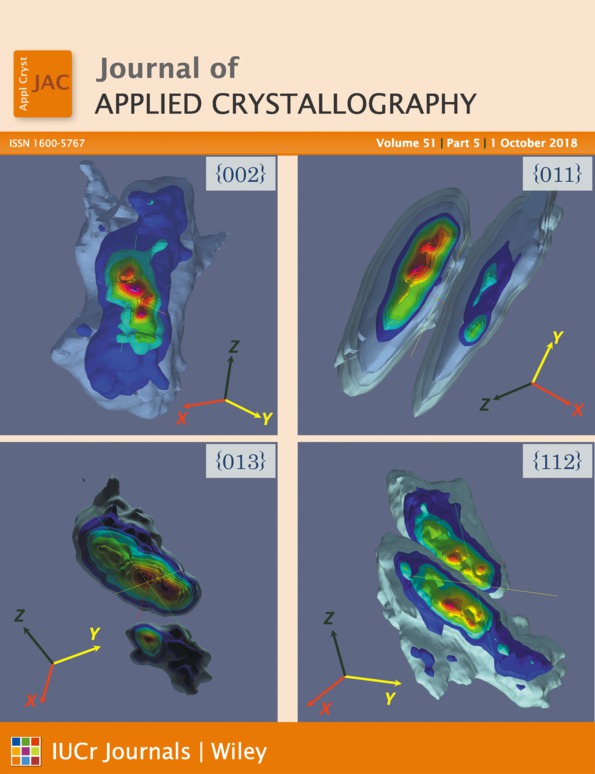Reciprocal space mapping and strain scanning using X-ray diffraction microscopy
Abstract
Dark-field X-ray microscopy is a new full-field imaging technique for nondestructively mapping the structure of deeply embedded crystalline elements in three dimensions. Placing an objective in the diffracted beam generates a magnified projection image of a local volume. By placing a detector in the back focal plane, high-resolution reciprocal space maps are generated for the local volume. Geometrical optics is used to provide analytical expressions for the resolution and range of the reciprocal space maps and the associated field of view in the sample plane. To understand the effects of coherence a comparison is made with wavefront simulations using the fractional Fourier transform. Reciprocal space mapping is demonstrated experimentally at an X-ray energy of 15.6 keV. The resolution function exhibits suppressed streaks and an FWHM resolution in all directions of ΔQ/Q = 4 × 10−5 or better. It is demonstrated by simulations that scanning a square aperture in the back focal plane enables strain mapping with no loss in resolution to be combined with a spatial resolution of 100 nm.




